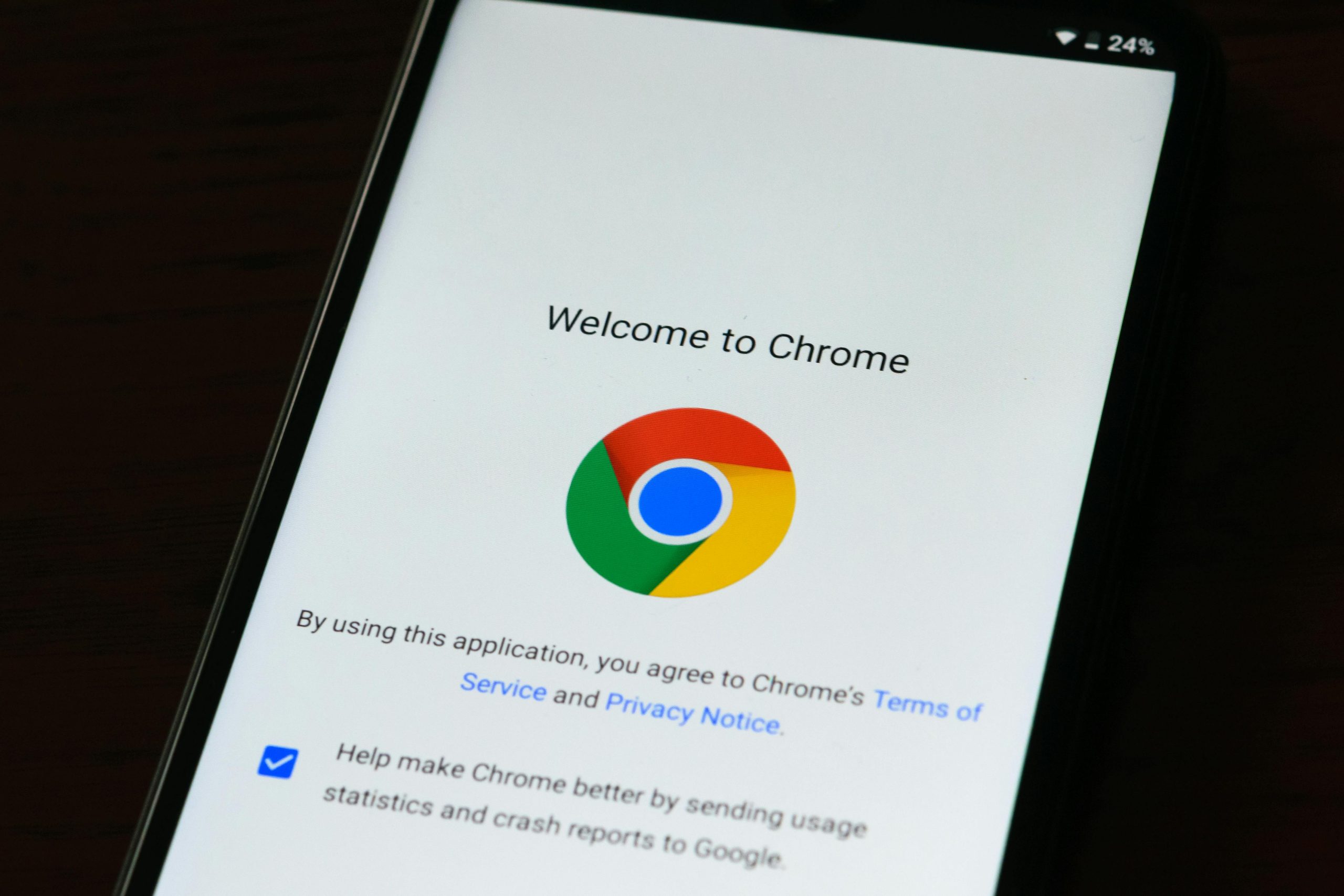Google Chrome’s built-in translation feature is a convenient tool that automatically translates web pages in foreign languages. However, at times, you may encounter issues where Chrome Translate does not work as expected. Whether the translation prompt doesn’t appear or translations fail, these issues can be frustrating, especially when you’re trying to navigate non-English content. Fortunately, there are several effective methods to fix Chrome’s translate feature.

1. Check Chrome’s Translation Settings
First, ensure that Chrome’s translation feature is enabled. Here’s how:
– Open Chrome and click on the three-dot menu in the top-right corner.
– Go to Settings.
– Scroll down and click on Languages.
– Under Language, make sure that the “Offer to translate pages that aren’t in a language you read” option is turned on.
If this setting is off, Chrome won’t offer translations automatically, which could be the root of the problem. Ensure the checkbox is enabled to allow Chrome to prompt you with translation options.
2. Manually Trigger the Translation
Sometimes, Chrome doesn’t automatically prompt for translation. In such cases, you can manually trigger it:
– Right-click anywhere on the page.
– Select Translate to [Your Language] from the context menu.
This option forces Chrome to translate the page without relying on the automatic prompt. If the translation doesn’t happen, proceed with further troubleshooting.
3. Clear Browser Cache and Cookies
Browser cache or cookies can occasionally interfere with Chrome’s functionalities, including translation. Clearing them can fix these issues:
– Click the three-dot menu and go to Settings.
– Under Privacy and security, select Clear browsing data.
– Choose Cached images and files and Cookies and other site data.
– Click Clear data.
After clearing your cache and cookies, restart Chrome and try using the translation feature again.
4. Disable Extensions
Some browser extensions, particularly ad-blockers or privacy-focused extensions, can prevent Chrome’s translation tool from working properly. Try disabling extensions temporarily to check if they’re causing the issue:
– Go to the three-dot menu and select More tools > Extensions.
– Disable all extensions by toggling the switch off.
– Reload the page and check if Chrome’s translate feature works.
If the issue resolves, re-enable your extensions one by one to identify the culprit.
5. Update Google Chrome
Running an outdated version of Chrome can cause various features, including translation, to malfunction. Ensure you’re using the latest version of Chrome:
– Open the three-dot menu and go to Help > About Google Chrome.
– Chrome will automatically check for updates. If an update is available, click Update and restart the browser.
Updating Chrome ensures that all features, including translations, work properly with the latest security patches and improvements.
6. Reset Chrome Settings
If none of the above solutions work, resetting Chrome can help restore default settings:
– Go to Settings > Reset settings > Restore settings to their original defaults.
– Confirm by clicking Reset settings.
This step will restore Chrome’s default configuration, potentially resolving any issues with the translation tool.
If Google Chrome’s translate feature isn’t working, simple troubleshooting steps like adjusting settings, clearing cache, or updating Chrome can usually resolve the issue. By following these methods, you should be able to fix the problem and regain access to Chrome’s powerful translation capabilities.




